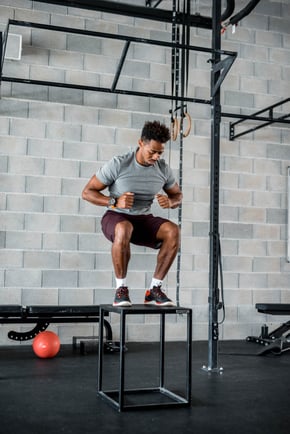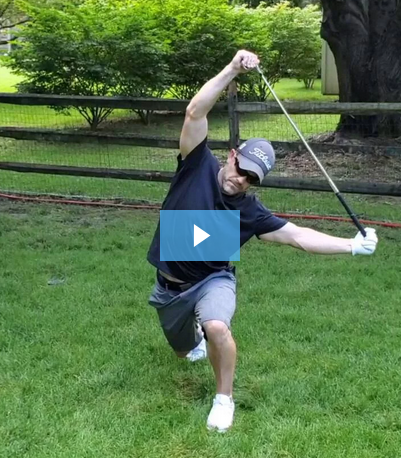 The holidays are a special time to enjoy food, relaxation, and cozy indoor gatherings. While these are cherished aspects of the season, they may not always align with your personal fitness goals. By creating or including new active traditions, you can make lasting memories, promote a healthy lifestyle, and stay on track with your wellness objectives. Whether it's running a local turkey trot, participating in a Santa Shuffle, or organizing a family fitness challenge, these active traditions can quickly become a meaningful part of your holiday celebrations.
The holidays are a special time to enjoy food, relaxation, and cozy indoor gatherings. While these are cherished aspects of the season, they may not always align with your personal fitness goals. By creating or including new active traditions, you can make lasting memories, promote a healthy lifestyle, and stay on track with your wellness objectives. Whether it's running a local turkey trot, participating in a Santa Shuffle, or organizing a family fitness challenge, these active traditions can quickly become a meaningful part of your holiday celebrations.
Holiday Fun Runs
Turkey trots and Santa Shuffles are a fun and inclusive way to get the whole family moving during the holiday season. These events welcome all fitness levels, making them a perfect choice for families of all ages. While race distances can vary, many communities host 5k races. Not only do these runs offer a creative way to start the day with movement, but they often benefit local charities, making them an even more rewarding experience!
Family Fitness Challenges
Add a playful competitive edge to your holiday celebrations by creating a family fitness challenge. The best part? You can get as creative as you like! Ideas could include tracking steps throughout December, organizing family relay races, or even hosting a Secret Santa exchange where the gifts are fun workout routines. Keep the challenges light-hearted and encourage everyone to participate, no matter their fitness level.
Sports Tournaments
For families that love sports, why not host a holiday-themed tournament? Whether it’s a friendly game of flag football, a snowball fight, ice skating, or bowling, there are plenty of ways to keep the fun moving. Choose sports your family loves, and don't forget to keep it festive!
These examples just scratch the surface of active traditions you can introduce to your holiday celebrations. Start small, keep the activities inclusive, and infuse some festive fun—it's a fantastic way to get the family moving and make this holiday season memorable!
Looking for a new active family tradition? Try the NIFS Mini & 5K Training Program! It’s a fun and rewarding challenge that you can accomplish together as a family while staying active and motivated!


 When watching elite athletes during competition, there are many athletic traits and features that we novices or amateurs marvel at. We think to ourselves, “If I did something like that, I wouldn’t walk for a week!” Seeing an NFL running back or wide receiver make a cut at full speed, a baseball player hitting a 400-foot home run, or a powerlifter deadlifting the weight of a Volkswagen Beetle are feats that just leave you in awe.
When watching elite athletes during competition, there are many athletic traits and features that we novices or amateurs marvel at. We think to ourselves, “If I did something like that, I wouldn’t walk for a week!” Seeing an NFL running back or wide receiver make a cut at full speed, a baseball player hitting a 400-foot home run, or a powerlifter deadlifting the weight of a Volkswagen Beetle are feats that just leave you in awe. 
 Looking back on the history of my work in the blog world, I have found that
Looking back on the history of my work in the blog world, I have found that 
 We exercise many ways every day, many times unknowingly. Sometimes this is because we actually enjoy doing it and it doesn’t seem like work to us. As the old saying goes, “time flies when you’re having fun.” One requirement for a lifetime activity, though, is that it most often needs to be something you can do from the time you stop wearing diapers until the time you start wearing diapers again. The ideas I like to explore can include fitness, but also non-exercise–based activities.
We exercise many ways every day, many times unknowingly. Sometimes this is because we actually enjoy doing it and it doesn’t seem like work to us. As the old saying goes, “time flies when you’re having fun.” One requirement for a lifetime activity, though, is that it most often needs to be something you can do from the time you stop wearing diapers until the time you start wearing diapers again. The ideas I like to explore can include fitness, but also non-exercise–based activities.